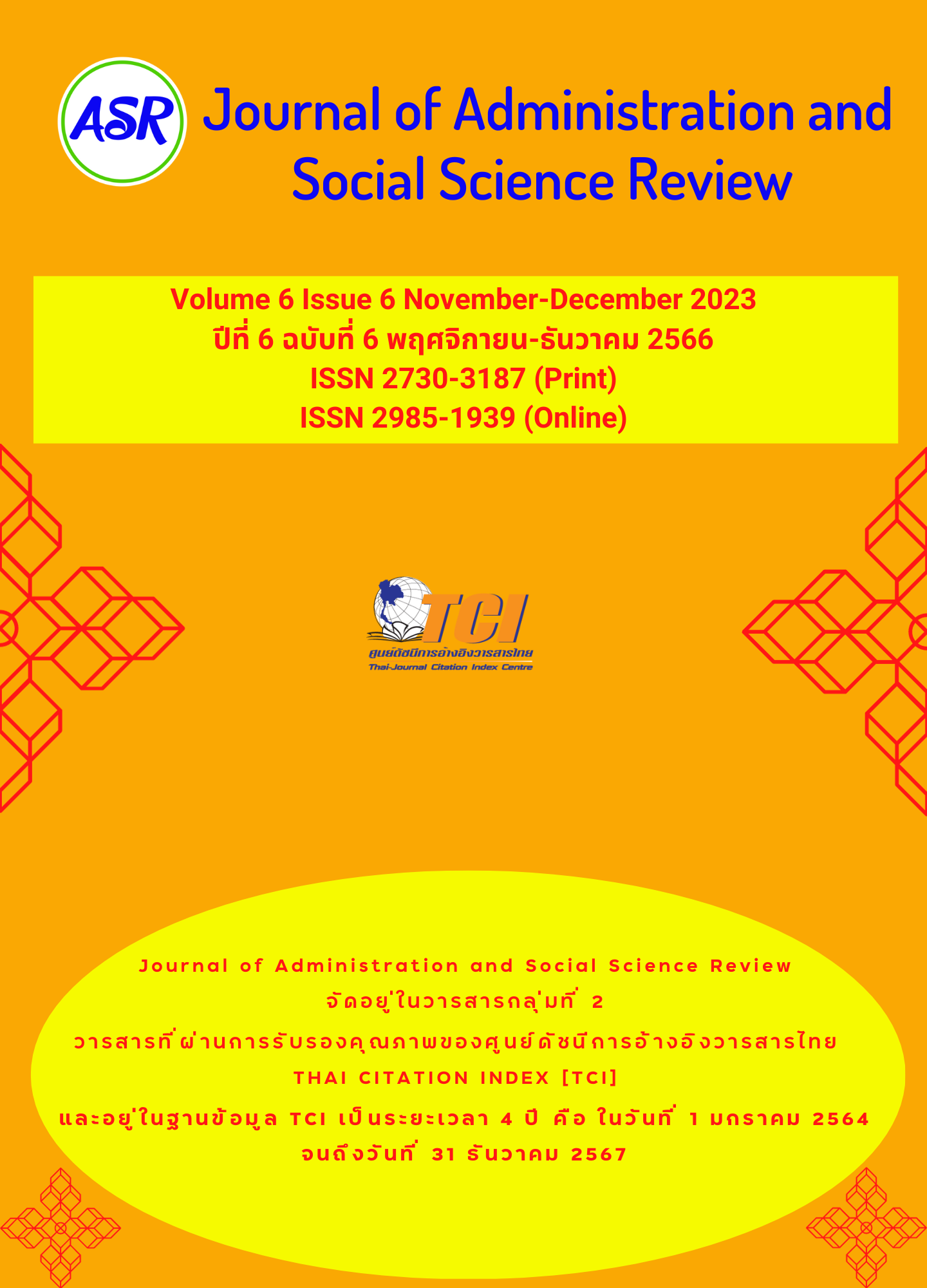The Academic Leadership of the School Directors: Affecting Teaching Skills of the Teachers in the 21st Century under Chiang Rai primary educational Service Area Office 3
Keywords:
leadership in academic purpose of the school directors, the teachers’ teaching skills in 21st CenturyAbstract
The purposes of this research were: 1) to study the academic leadership of school directors; 2) to study the teachers’ teaching skills on 21st century; and 3) to study effects of school directors’ academic leadership on the 21stcentury teachers’ teaching. The subjects of this study consisted of 368 school directors and teachers under Chiang Rai Primary Education Service Office Area3. This research was conducted by a survey method and used descriptive questionnaires in collecting data. The subjects of the study were selected by random sampling. Data analysis was done through percentage, means, standard deviation and multiple regression analysis.
The results showed as following: 1) the average of the leadership in the academic purpose of the school directors in the 21st century of Chiang Rai Primary Educational Service Area Office 3 were at high level ( =4.79, SD = 0.22). 2) The average of the teachers’ teaching skills in 21st Century of Chiang Rai Primary Educational Service Area Office 3 were at high level ( = 4.79, SD = 0.22). 3) There were 4 factors affecting the leadership in academic purpose of the school directors in 21st century: learning organization management (X5), curriculum and teaching process (X2), vision (X1), and teachers’ development (X3). In addition, the 4 factors affected the teachers’ teaching skills in 21st century of Chiang Rai Primary Educational Service Area Office 3. Most of the sampled teachers were affected in the statistical significant (Ytot) at .05 and the multiple correlation coefficient at 0.557, then, the forecasting equations ability at 55.2 and the standard error of estimate at 0.149. The results were analyzed and written as a simple regression as
Ytot = .472+0.315 (X5)+0.211 (X2)+0.193 (X1) +0.165 (X3)



